#Breathe Architecture
Explore tagged Tumblr posts
Text








LINKTOBER DAY 20: ZORA WELLSPRING
Sidon plays packhorse. Link and Zelda play with electricity and water. Everybody leaves happy except for the fried aerocuda.
(Something’s in the water temple.)
This is a self indulgent totk au called Familiar Familiar where link and zelda travel through upheaval hyrule! Masterpost can be found here:
Patreon here too, if you wanna feed me a slice of bread like a duck
#art#critdraws#lonks diary#familiar familiar au#loz#zelda#link#botw#totk#totk au#botw au#legend of zelda#tears of the kingdom#breath of the wild#sidon#prince sidon#aerocuda#mucktorok#botw link#botw zelda#botw sidon#totk sidon#totk link#totk zelda#look the mucktorok is a genuinely fascinating weird little guy#i may hate that boss fight but its pochita esque pulsating heart thing is COOL okay#anyways the weird gravity thing happens too i just couldnt fit it into the script#((also yes!! those r yonas gifts from the last comic being put in use. everybody say ty yona)#i am never designing architecture ever again get ready for milktoast for the next to regions#loz comic
6K notes
·
View notes
Text
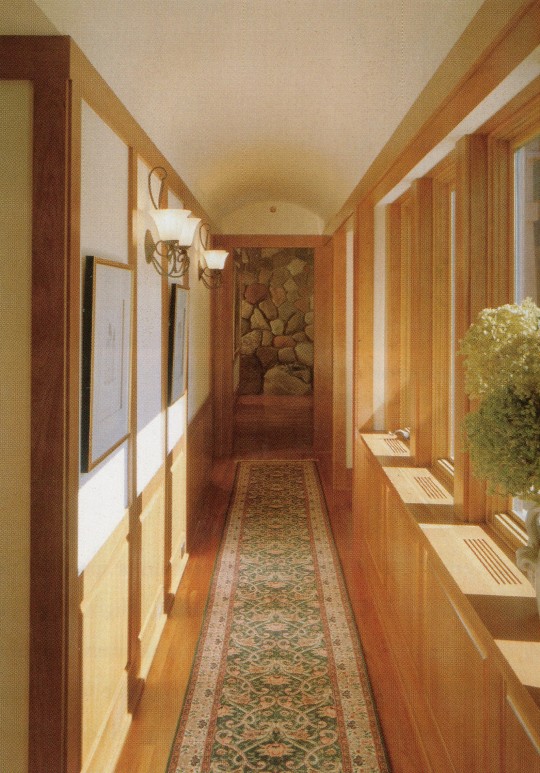
Natural light in hallways makes them seem both wider and more inviting. Imagine this same space without the windows, and it would become almost tunnel-like.
The Not So Big House - A Blueprint for the Way We Really Live, 1998
#vintage#interior design#home#vintage interior#architecture#home decor#style#1990s#90s#hallway#windows#stonework#babys breath#wall sconce#oriental rug#contemporary
1K notes
·
View notes
Text
Just Breathe. 💜🖤
#thursday thoughts#take a moment#breathe#architecture#beautiful homes#Peru#connection#nature#peace#relax#calm#beautiful#coffee time#have a beautiful day#have a great day
525 notes
·
View notes
Text

temple of time
#This is something I drew a couple of years ago but never finished because it just kept looking off#I decided to edit it now with my new knowledge of light and shadow#I like it a lot better now#although I can still see a few glaring issues with the architecture and perspective that I would have done differently#if I were to have drawn it now#but! cest la vie#it’s worth it to post considering I had initially worked on it for soooo long. so hopefully y’all like it#I wanted to originally have it in full color but that’s never going to happen lol#caroart#artists on tumblr#the legend of Zelda#loz#breath of the wild#botw#tears of the kingdom#totk#loz link#temple of time#loz fanart#illustration#Nintendo
318 notes
·
View notes
Text
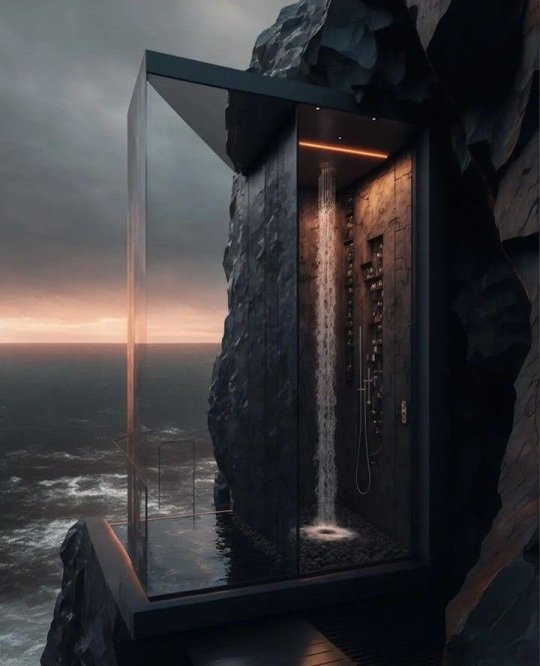
Oh wow! Imagine showering with this breathtaking view.
#absolutely breathtaking#breathtakingly beautiful#take my breath away#breathtakinglandscapes#breathtakingviews#bathroom inspiration#bathroom inspo#bathroom interior design#bathroom ideas#may#spring#toya's tales#style#toyastales#toyas tales#home decor#interior design#architecture#modern architecture#mountains#views#water#water view#waterfall#secret lair#interiors#interior#interiorinspo#interiordecor#luxury house
390 notes
·
View notes
Text

www.instagram.com/officialnatalina
36 notes
·
View notes
Text
quickie question-
Anyone got any blog recommendations that have a focus on posting/writing about neat things like bugs, plants, space, architecture, etc? I'm aiming broadly at science-adjacent topics but tbh I'm always open to curiosity about things unfamiliar as well :v
I'm specifically looking for such accounts that post that sort of stuff, and don't post/reblog a lot of misc, memes or news stuff. Especially the latter, my main goal is to refocus my online experience away from constant doom-news-spam and into a place of rest and learning, while keeping news reading boxed into its specific place and time.
Some examples of the vibe I'm loosely aiming for:
Artifacts and Arthropods, Arsanatomica, Snailfish Enthusiast
Also down for really neat artist suggestions like Plastiboo and Mason Lindroth too :o
#accounts that use citations preferred where relevant#and needless to say no ai lmao#science news accounts on such topics also welcome! Very different than like politics news#very “we discovered a tiny being with cute little oble proteins :D” vs “the orphan crusher machine has expanded to 200000 orphans/sec”#yes I'm still obsessed with the obelisks#I was going to say I want them but I already have them! In my stomach!#if relevant fave architecture is deco and nouveau#but yeah adding just a few of these sorts of accounts has already had a huge impact#feels like being able to breath again#maybe a little less wanting to perish in a vitaminless explosion#gosh im going to cringe rereading these tags later#oh well
40 notes
·
View notes
Text
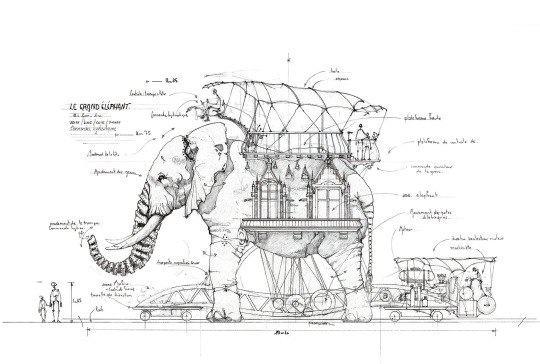


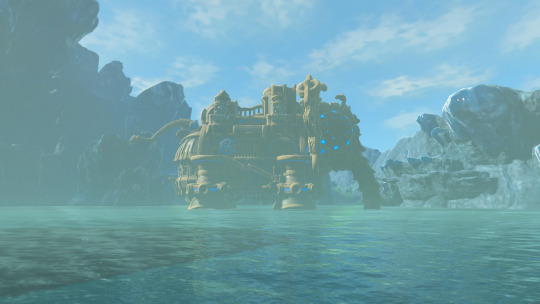
The Grand Elephant of Nantes
Divine Beast Vah Ruta
“Delarozière is not particularly interested in the elephant looking like an elephant, nor his other creations, such as the ray fish or shrimp, closely resembling nature. The purpose of the works, he says, is their transgression of the real and the imaginary. They are made to partially resemble creatures which, through their illusiveness in the real world and proliferation in the narrative world, have entered into myth.”
#nantes#france#submarines#maritime#la machine#collective#mechanical#delarozière#legend of zelda#zelda#breath of the wild#dungeon#robot#elephant#architecture#vah ruta#water#loz zora
12 notes
·
View notes
Text
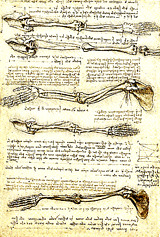
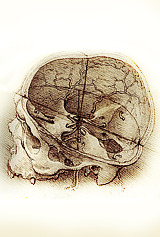
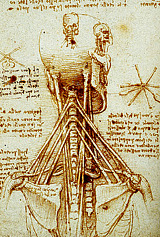
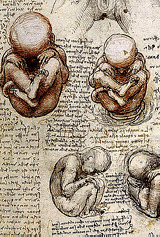
Leonardo DaVinci
* * * *
“There’s a space at the bottom of an exhale, a little hitch between taking in and letting out that’s a perfect zero you can go into. There’s a rest point between the heart’s muscle’s close and open - an instant of keenest living when you’re momentarily dead. You can rest there.”
- Mary Karr
19 notes
·
View notes
Text

A view toward the door leading to the outside shower. An old hat rack holds an assortment of sun hats.
Bathrooms, 1996
#vintage#interior design#home#vintage interior#architecture#home decor#style#1990s#90s#bathroom#baby's breath#sun hat#slate#flooring#Kitty Hawks#country#minimalist#natural#neutral
183 notes
·
View notes
Text
I JUST LISTENED TO HITS DIFFERENT FOR THE FIRST TIME IN A WHILE—-
#speechless at her ability to take a feeling bottle it and recreate it in song/verse form#the tightness of the structure (and literally I don’t think there’s another songwriter in the world who has song architecture on lock#the way she does)#Somehow the perfect outlet for the explosion of emotion#like this is what the people don’t understand. Taylor Swift is the HEIGHT of craftsmanship and discipline#combined with the most uninhibited emotion#she’s the fusion point between structure so strict it’s almost cold and emotion so unbridled it’s almost embarrassing#but she holds both at the same time#it creates something that’s so hard to look away from#I sometimes think people only hear the one or the other#but it’s the meeting point that matters#Sorry but Taylor Alison Swift is a little more Johann Sebastian Bach than any of us realize#anyway. Like sometimes I fool even myself into thinking she’s normal#and then I wake up and remember she’s a genius#Anyway anyway I am sooooo scared of tortured poets department#because Taylor albums scare me before they come out#where is she going to drop kick me to next time#what preconceived ideas of her is she going to blast into pieces#like I just. She is astonishing. no other way around it#and it takes all my breath and energy away
15 notes
·
View notes
Text
attempting with all my strength to not pull a mq on this day
#j.txt#roommates moving in and im This👌 close to being a bitch about the interior design choices in the common areas. you are Fucking the FLOW !#takes a deep breath. I Will be sane and normal about furniture positioning . I Will not ruin this day by saying the carpet is wrong.#I WILL hold peace and acceptance in my heart and bring up my concerns in a pleasant and tactful manner [whiteknuckled grip]#anyways yeah charlies mq has infected me i cant think of that fool as Not being obsessed w architecture and minute design details now
5 notes
·
View notes
Text
"Can't stop thinking about them" special interests TM vs "if I think about them too hard I will Throw Up from excitement" special interests TM
#worm vs like. canals#when i discovered the extensive canal page on dutch wikipedia i had to keep closing my computer to take Deep Breaths#cosmere used to be no. 2 but i got over that (mostly)#fully intend 2 make an architecture tinker oc w a water management specialty when i get over my OMG CANALS DAMS AQUEDUCTS hyperventilation#actually autistic#autismposting#tangientally worm so it can go on my fandom blog right
5 notes
·
View notes
Text
Emergency: Help Evacuate My Family From GAZA WAR
Dear Humanity,
I'm Haya from Gaza , from a family of 8 people: my parents, two sons, and four daughters (two of them suffer from allergies).
I've witnessed the evidence of the tragedy that has struck our lives in Gaza, where my family and I have survived amidst numerous previous wars. But today, we face the most dangerous and fierce battle in the current war. The urgent need intensifies for us, as we have nothing left and are unable to secure our basic needs such as food, water, and safe shelter.
Here is our story - On October 7th, our lives changed forever, my family and I evacuated from northern Gaza to southern Gaza, hoping to return soon, but it wasn't meant to be. Our home was surrounded, burned, and then completely destroyed, Our home, once a fortress of hope, now lay in ruins, a stark reminder of our shattered dreams.
The night before we left from the north to the south was terrifying. Shelling sounds were everywhere, making a loud noise that felt like it went through our souls. Every explosions shook the ground like earthquakes, sending shockwaves of fear through our trembling bodies. filling us with fear. The air smelled of destruction and blood, making it hard to breathe. When dawn came, we saw the devastation around us, realizing our home was now a symbol of loss and despair.
We ran into the streets and with each step we took into the unknown streets, we felt as if we were plunging deeper into the abyss of our shattered existence, leaving behind everything we own in our home: Clothes, important official documents, the car, and literally it's almost everything - the enormity of our loss weighed heavily upon us.
Our home it was where we found hope, safety, and made precious memories. Losing it felt like losing years of our lives, leaving us adrift amidst the wreckage of our shattered existence.
youtube
A brief video depicting the devastation that struck our home and our entire neighborhood in Gaza.
Desperate Plea: Escaping Gaza's Allergy Nightmare
I, Haya, suffer from severe allergy to penicillin-derived medications, and my sister, Amal, also suffers from severe allergies to medications from my family such as Paracetamol and Ibuprofen.
These allergies create a deep sense of fear and anxiety for us, as we live in a constant state of tension and fear of anything that may require a visit to the hospital. We fear being given inappropriate medications due to the unavailability of suitable treatments in Gaza because of war or lack of awareness and not informing the doctor of our allergies, which could lead to serious consequences threatening our lives.
MY Father Income

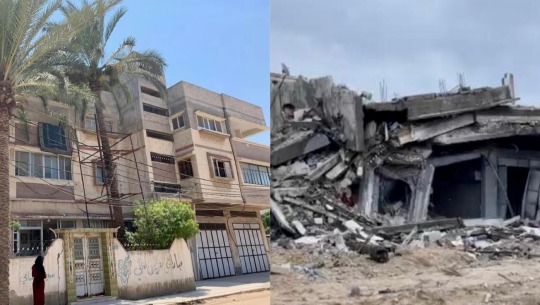
Our dreams are heading towards oblivion in the labyrinth of an uncertain future
My story, along with my siblings, represents a united team of four individuals, three of whom are skilled programmers and one graphic designer. We work as freelancers in the world of freelancing.
As for my younger sister, she is a student studying at the College of Architecture. She has always carried a big dream in her heart, a dream of being part of changing Gaza, of making it more beautiful and better. She looked forward to the day when she would receive her degree and start building this dream. But the beginning of the war changed everything. The destruction of infrastructure and universities cast shadows of despair over her dreams.

When I think of my brother in Belgium, I can't help but feel deep sadness. He has been suffering from unbearable anxiety and insomnia since the outbreak of the war. Sleep eludes him at night, and his physical and mental health collapses under the weight of these heavy burdens, negatively affecting his performance at work. Problems and challenges pile up in front of him without the slightest opportunity for rest.
We all feel psychological pressure and extreme anxiety. The war hasn't been limited to external attacks but has deeply infiltrated our daily lives. We search among the rubble for a little safety and the basic resources for survival. Every day comes with a new challenge that we must overcome.
As we sway amidst the rubble of shattered dreams, our souls wrestle and our hearts beat strongly challenging the ravages of war.
Our parents earnestly seek a way to rescue us from this hell, feeling the heavy responsibility for every moment we spend under the shadows of fear and destruction. They dream of a safe place where they can build for us a better future, filled with security and hope, for we deserve life in all its meanings of comfort and peace.
Perhaps this fundraising campaign represents a light in the midst of darkness, it is indeed the only hope we cling to firmly.
I appeal to the world as a whole to hear my cry and the mournful cry of my family in Gaza. We need the helping hand that reaches out to wipe our tears and build a bridge to safety.
Your donation is not just a donation; it's an opportunity to rebuild life and brighten a better tomorrow. Be part of our hopeful story, for we need your hand to start anew.
The purpose of the fundraising campaign
The goal of this fundraising campaign is to rescue my family - my parents, my siblings, and me - through the Rafah Crossing to Egypt, which currently requires $5000 per person. This campaign is our only chance to stay alive, and I humbly request your assistance at this critical time. I will provide you with a comprehensive breakdown of the expenses, committing to transparency and clarity.
All of our important links are here https://linktr.ee/hayanahed
Verified by :
⭐️ operation olive branch, number 26 on their spreadsheet. (On Master list)

⭐️ Project watermelon,line 249 on their spreadsheet. Or you could see it as number 212 here is the photo for more clear proof

Thank you for your kindness and support.
.جزاكم الله خيراً
yours sincerely;
Haya Alshawish.
#palestine#free palestine#donations#donate if you can#please donate#gofundme#go fund them#donate#donation#go fund her#palestine gfm#gaza gfm#gazan families#fundraising#go fund me#fundrasier#save gaza#save palestine#please#please help#help gaza#mutual aid#donation match#charity#go fund him#gaza#gaza strip#emergency#hope#important
66K notes
·
View notes
Photo
discussions about how the temple reflects Hyrule's history and its heroes.
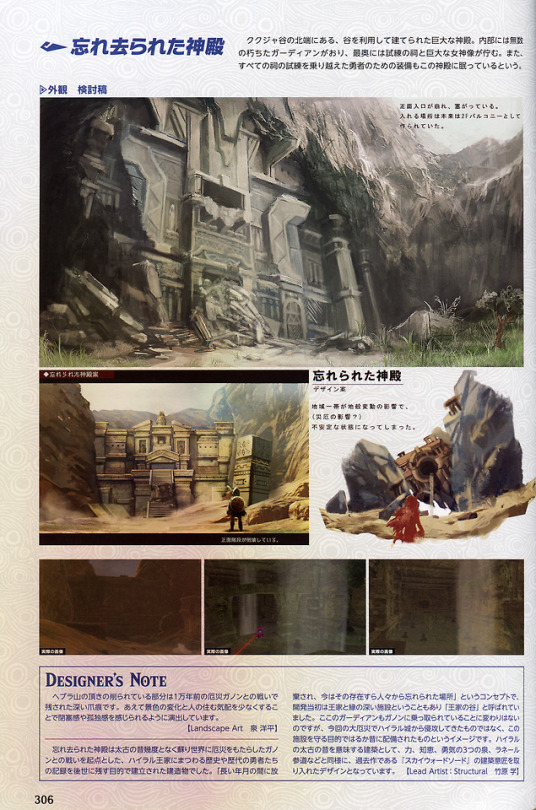
Breath of the Wild Master Works, Page 306
Forgotten Temple
A giant temple has been built into the canyon wall in the northern corner of Tanagar Canyon. There are countless decayed Guardians within, and a Shrine and an enormous statue of the goddess rest in its deepest reaches. It’s said that equipment fashioned for the hero who has overcome all of the trials of the Shrines sleeps inside this temple.
Keep reading
#Breath of the Wild#Legend of Zelda#Master Works#Forgotten Temple#Skyward Sword#Zelda Lore#Tanagar Canyon#Rona Kachta Shrine#Zelda Analysis#Ancient Hyrule#Demise's Influence#Guardian History#Calamity Ganon#Zelda Architecture#Goddess Statues#Zelda Exploration#Hyrule History#Shrine Locations#Cycle of Reincarnation#Zelda Community Discussions#Fan Theories
343 notes
·
View notes
Text
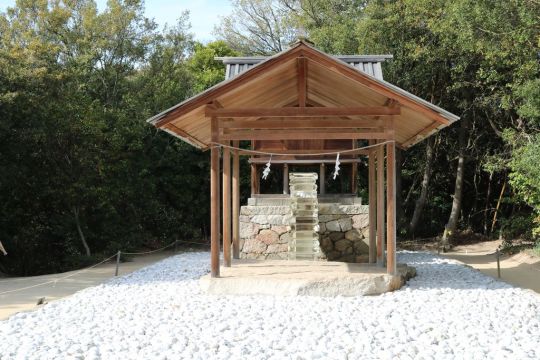


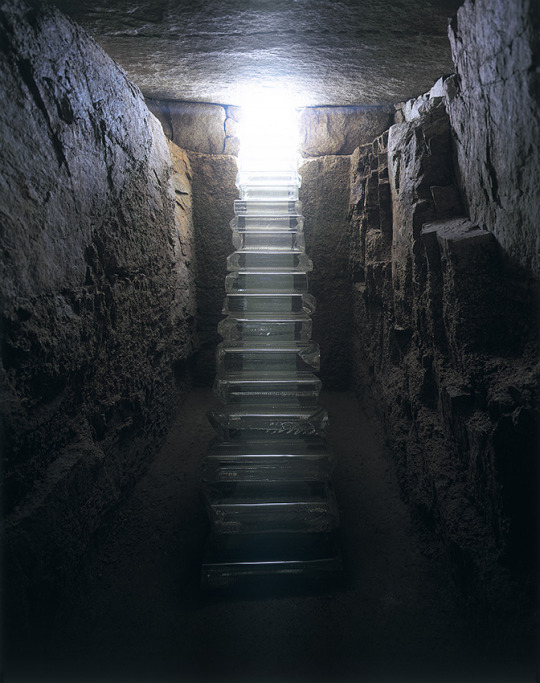
Go’o Shrine (護王神社) by Hiroshi Sugimoto (杉本博司, Japanese photographer and architect, born 23 February 1948) erected circa 1998 on the island of Naoshima. It is a reinterpretation of a style of Shinto Shrine architecture.
The name Go’o means something like “Protector King”.
The glass steps lead up to the structure in which the deity is believed to reside.
The steps also continue down through the white rocks into an underground cave bringing daylight with them.
#legend of zelda#zelda#breath of the wild#tears of the kingdom#botw#loz botw#loz totk#totk#architecture#japan#naoshima#hiroshi sugimoto#japanese architecture#shinto#shrine#art
33 notes
·
View notes